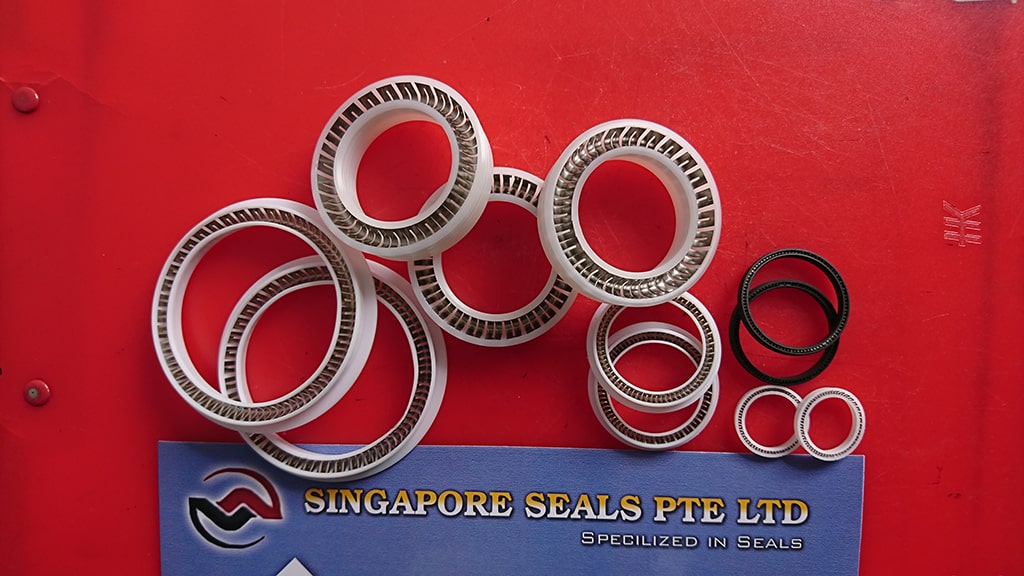Polyurethane (PU) is a versatile and widely used polymer that belongs to the family of organic compounds known as urethanes. It is formed through a chemical reaction between a polyol (an alcohol with multiple hydroxyl groups) and a diisocyanate or polyisocyanate, often in the presence of catalysts and additives. This reaction results in a material that can be tailored to exhibit a wide range of physical properties, making it suitable for various applications.
Key Characteristics of Polyurethane:
- Flexibility and Rigidity: PU can be formulated to be either flexible (as in foams and elastomers) or rigid (as in coatings and adhesives).
- Durability: It is resistant to abrasion, impact, and chemicals, making it long-lasting.
- Versatility: PU can be manufactured in various forms, including foams, coatings, adhesives, sealants, and elastomers.
- Thermal and Acoustic Insulation: PU foams are excellent insulators, used in construction and refrigeration.
- Water Resistance: It is inherently water-resistant, making it ideal for outdoor and marine applications.
- Biocompatibility: Certain medical-grade PUs are biocompatible and used in medical devices.
Applications of Polyurethane:
- Foams: Used in mattresses, furniture, insulation, and packaging.
- Coatings: Applied to surfaces for protection, such as in automotive paints, flooring, and industrial coatings.
- Adhesives and Sealants: Used in construction, automotive, and electronics industries.
- Elastomers: Found in tires, wheels, and industrial components.
- Textiles: Used in synthetic leather, spandex fibers (like Lycra), and waterproof fabrics.
- Medical Devices: Used in catheters, implants, and wound dressings.
Advantages:
- Customizable properties for specific needs.
- Lightweight yet strong.
- Excellent insulation properties.
- Resistant to wear and tear.
Disadvantages:
- Can be sensitive to UV light (may degrade over time without additives).
- Some formulations may release volatile organic compounds (VOCs) during curing.
- Non-biodegradable, contributing to environmental concerns.
Environmental Considerations:
PU is not biodegradable, which raises concerns about waste management. However, advancements in recycling and the development of bio-based polyurethanes are addressing these issues.
In summary, polyurethane is a highly adaptable material with a broad
range of applications due to its customizable properties,
durability, and versatility.

